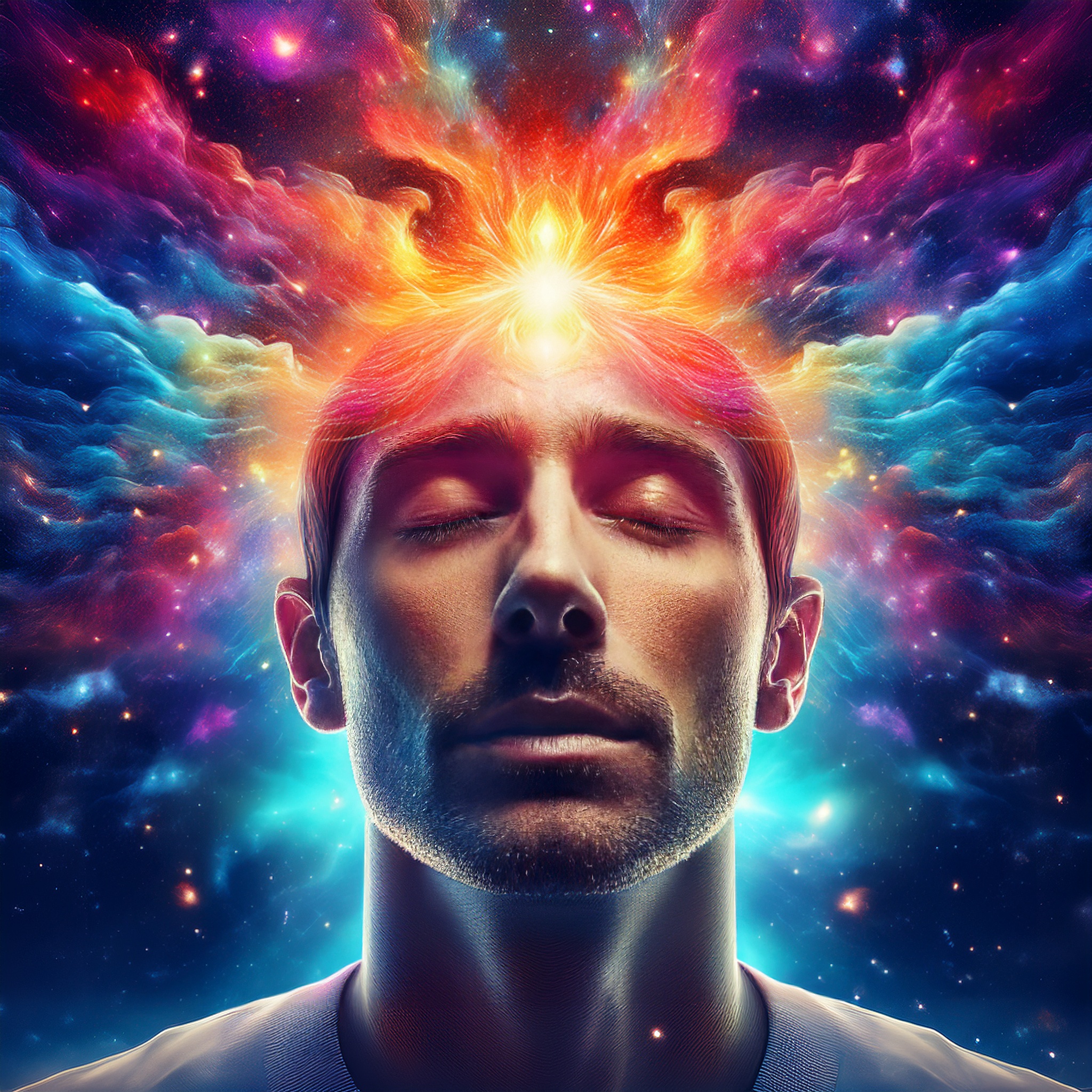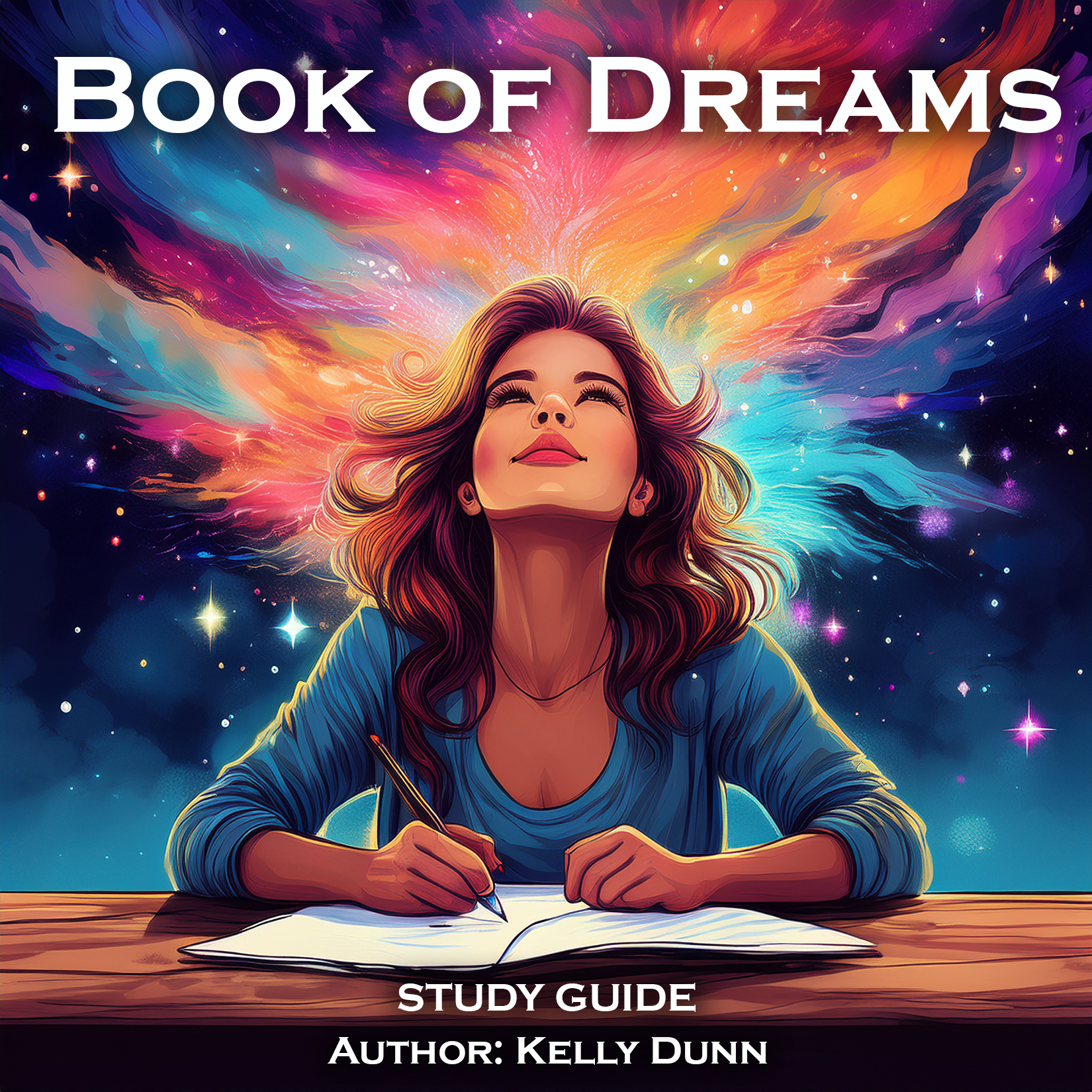James Camero - Terminator & Avatar
Today's Thought: The idea that dreams may sometimes hint at or predict future events in the dreamer's waking life

I was awakened by cries of horror from Louis. Thinking he had a nightmare, I awakened him. He said angrily:
"Why did you wake me? I was dreaming a fine bogey tale."
Director James Cameron said the titular character in The Terminator (1984) was inspired by a dream he had under the influence of a soaring fever he suffered while he was "sick and dead broke" in Rome, Italy, during the final cut of Piranha II.[23] He dreamed of "a chrome skeleton emerging from a fire", and made some sketches on hotel stationery upon waking:
"The first sketch I did showed a metal skeleton cut in half at the waist, crawling over a tile floor, using a large kitchen knife to pull itself forward while reaching out with the other hand. In a second drawing, the character is threatening a crawling woman. Minus the kitchen knife, these images became the finale of The Terminator almost exactly.""
James Cameron has stated that the initial concept for the film Avatar came to him in a dream, specifically a vision of a bioluminescent forest with unique flora and fauna
In a feature for GQ magazine, the 'Titanic' director said: "I woke up after dreaming of this kind of bioluminescent forest with these trees that look kind of like fibre-optic lamps and this river that was glowing bioluminescent particles and kind of purple moss on the ground that lit up when you walked on it. "And these kinds of lizards that didn't look like much until they took off. And then they turned into these rotating fans, kind of like living Frisbees, and they come down and land on something." James explained that the drawings "saved us from 10 lawsuits" as nobody else could claim that they had thought of the idea. He said: "It was all in the dream. I woke up super excited and I actually drew it. So I actually have a drawing. It saved us from about 10 lawsuits. Any successful film, there's always some freak with tinfoil under the wig that thinks you've beamed the idea out of their head. And it turned out were 10 or 11 of them. "And so I pointed at this drawing I did when I was 19, when I was going to Fullerton Junior College, and said, 'See this? See these growing trees? See this growing lizard that spins around, that's orange? See the purple moss?' And everybody went away."
Cameron has said that a key visual element of Avatar, the bioluminescent forest, came to him in a dream when he was a teenager. Inspired by the dream, Cameron started sketching and developing the concept, eventually incorporating it into his vision for Avatar. The dream served as the initial spark for the Avatar project, which he developed over many years before it became a blockbuster film. Cameron also mentioned that he incorporated the dream concept into his newly founded visual effects facility, which helped him bring the Avatar vision to life.
Paul McCartney: Dreamed the melody for the song "Yesterday."
Albert Einstein: Developed the concept of relativity, potentially influenced by dreams.
Srinivasa Ramanujan: Received mathematical theorems through dreams and the Hindu goddess.
Robert Louis Stevenson: Conceived the story of "Dr. Jekyll and Mr. Hyde" in a dream.
American Indian Tribes: Practiced dream sharing and valued dream insights.
James Cameron: Conceived ideas for the films "Terminator" and "Avatar" through his dreams.
Initial Phase: Dunn initially relied on Universal Dream Symbols to understand his dreams.
Key Realization: Over time, Dunn recognized that dream symbols possess personal and deeper meanings beyond universal interpretations.
Developing Belief: Dunn developed the belief that dreams act as a guide for conscious life, potentially foretelling events and offering solutions to problems.
Professional Successes: Dunn believes many of his professional achievements were aided by insights gained from his dreams.
Software Coding Example (Specific Instance): While working on a software program and facing an obstacle, a dream provided Dunn with the solution and instructions, which he successfully applied upon waking.
Research on Dream History: Kelly Dunn conducted research into the historical significance of dreams across various cultures.
Creating the "Book of Dreams" Series (Recent): Kelly Dunn created the "Book of Dreams" series to share his experiences and provide an outline for others interested in dream interpretation.
Current Belief: Dunn continues to believe in the power of dreams and the potential for self-discovery through their interpretation.
General Concepts and Advice Presented in the Study Guide:
Dreams as Meaningful: The study guide emphasizes that dreams are not random but carry meaning, reflecting subconscious thoughts, emotions, and experiences.
Universal Symbols as a Starting Point: While acknowledging Universal Dream Symbols, the guide stresses the importance of personal context in interpretation.
Dreams as a Guide (General Concept): The guide presents the idea that dreams can offer foresight and solutions to waking life challenges.
Practical Dream Interpretation: The guide provides practical advice on:
Recording dreams immediately upon waking, capturing details and emotions.
Utilizing Universal Symbolism as an initial step.
Focusing on Personal Association to connect symbols with individual experiences.
Analyzing the Emotional content of dreams.
Interpreting the Narrative or "story" of the dream.
Connecting dream content to current waking life events.
Applying Dream Insights: The guide suggests using dream interpretations to:
Identify and address potential problems.
Gain clarity on decisions.
Enhance self-awareness.
Foster creativity.
Dream Interpretation as a Journey: The guide frames dream interpretation as a personal, ongoing journey of self-discovery requiring patience and an open mind.
Modern Dismissal of Dreams: The guide notes the contemporary tendency to disregard dreams as mere nonsense, contrasting it with historical perspectives.
Book of Dreams - Study Guide - Get Yours Today!
* The Dream
* Dream Timeline
* Dream Briefing
* Dream Study Guide
* FAQ (Frequently Asked Questions)
The ebooks give an insight into the dreams that Mr. Kelly Dunn has been compiling for over thirty years.
Bookmark this page for future updates!

